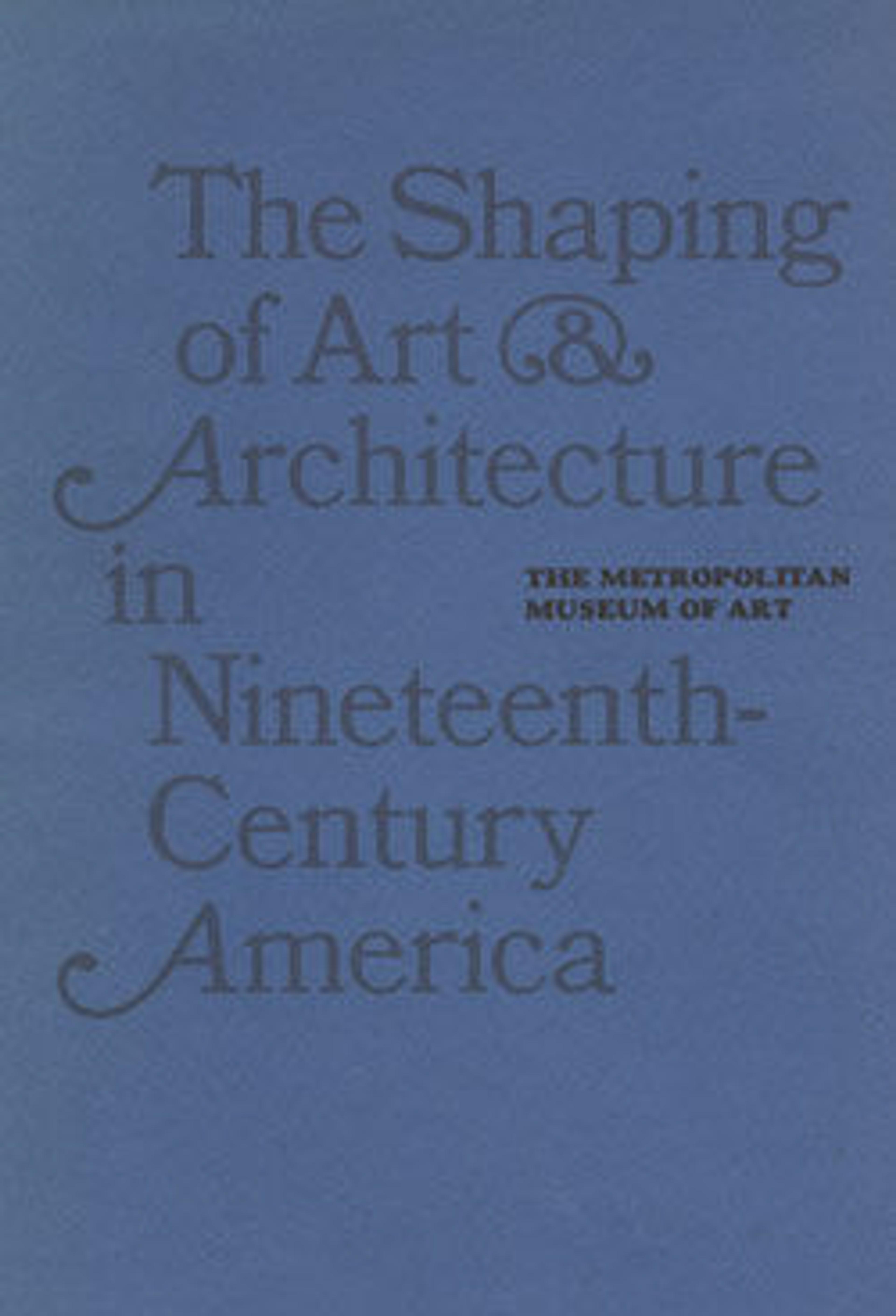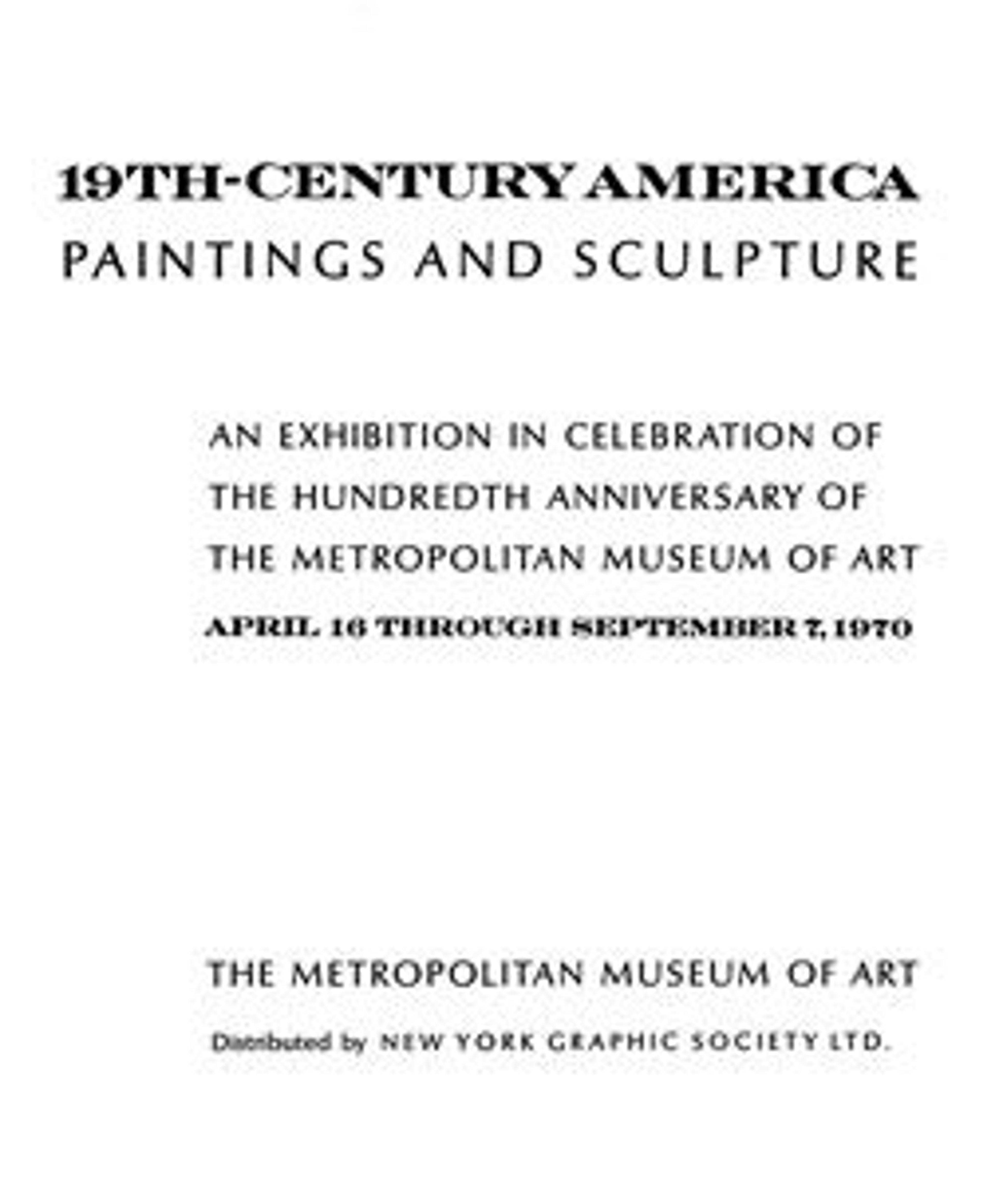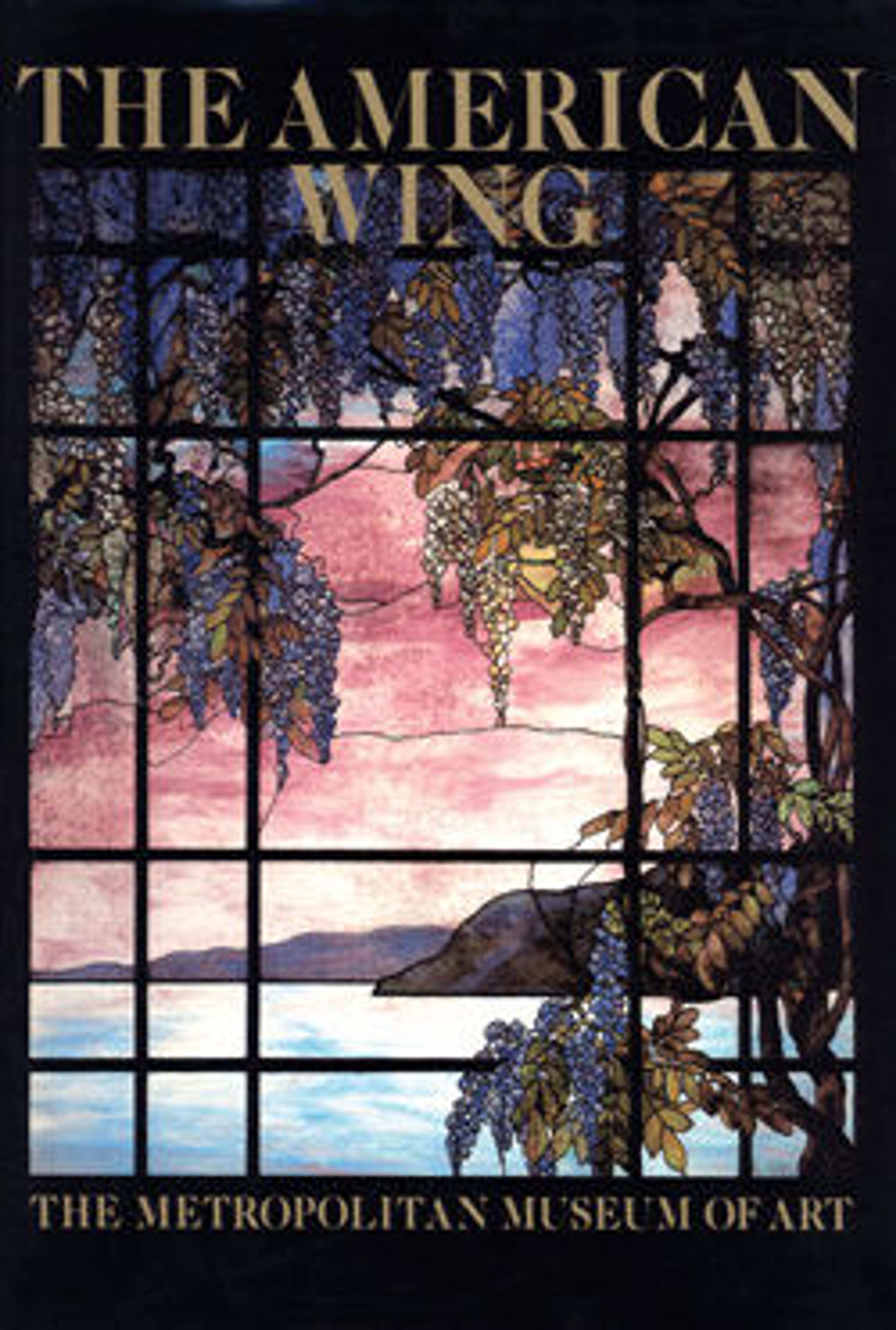
The Metropolitan Museum of Art. Vol. 9, The United States of America
The United States was born of European parents, and its culture reflects this rich heritage. But Americans have always been aware of the unique vision that led them to explore a new continent and establish a nation there. Historically, the "American experience" was seen largely as a political one—embodied by the institutions and outlook that distinguished the United States from her European forebears. More recently, however, Americans have become aware of the uniqueness of their artistic heritage, which, though it originated abroad, developed and flourished in ways far different from the arts of Europe. For several decades after the founding of the republic, many American painters and sculptors went abroad for their training, and even those who stayed at home copied European models as best they could. Similarly, American craftsmen at first designed furniture and other decorative objects according to what was fashionable in London or Paris. However, as the nation's wealth and self-confidence grew, so did its trust in its own artistic inclinations, and in the twentieth century Americans began to sense that they could create a great art that was completely and uniquely their own. Largely as a result of its growing preeminence both politically and culturally, America has begun to look back into its own past, inquiring whether its artists and craftsmen, who long remained in Europe's shadow, had not in fact created a distinct and distinguished art. This reexamination has led to countless rediscoveries of artists whose names were only dimly remembered and of craftsmen whose fine products were neglected as mere curiosities. Now, in museums and colleges, in galleries and auction rooms, we sense the excitement of discovery as a two-hundred-year-old artistic tradition is reevaluated and restored.
This excitement is nowhere more evident than in the galleries of The American Wing of The Metropolitan Museum of Art in New York. Since its founding more than a century ago, the Museum has actively collected American art in every medium. In 1980 its vast collections of earlier American art were reinstalled in a wing of the Museum devoted to the arts of the United States, and in 1987 the new Southwest Wing will house the Museum's significant collection of twentieth-century painting and sculpture.
The United States of America re-creates this excitement of discovery in more than one hundred reproductions of paintings, drawings, prints, and photographs, as well as of furnishings, porcelain, silver, glass, and costumes—all revealing the fine craftsmanship and imagination that characterize American artists from the Colonial Period to the present day. Details of paintings allow readers to examine closely the vast landscapes of the mid-nineteenth century and the complex, energetic abstractions of the mid-twentieth century. Prints and photographs demonstrate how the history and natural beauty of America were recorded and presented to a wide and eager public. Furniture, shown in large multiple views, reveals the consummate skill and ingenuity of American craftsmen, and fully furnished period rooms show readers exactly how Americans lived, from the starkly simple Shaker home to the lavishly decorated antebellum salon. An introduction by Oswaldo Rodriguez Roque, curator of American art, examines the history of painting, sculpture, and the decorative arts in the United States, and points out both the qualities it shares with the art of Europe and the vision that makes it unique. Entries accompanying each reproduction look more closely at the individual works and place them in the long tradition of American art.
Met Art in Publication
You May Also Like
Press the down key to skip to the last item.
Citation
———, ed. 1987b. The United States of America. New York: The Museum.




